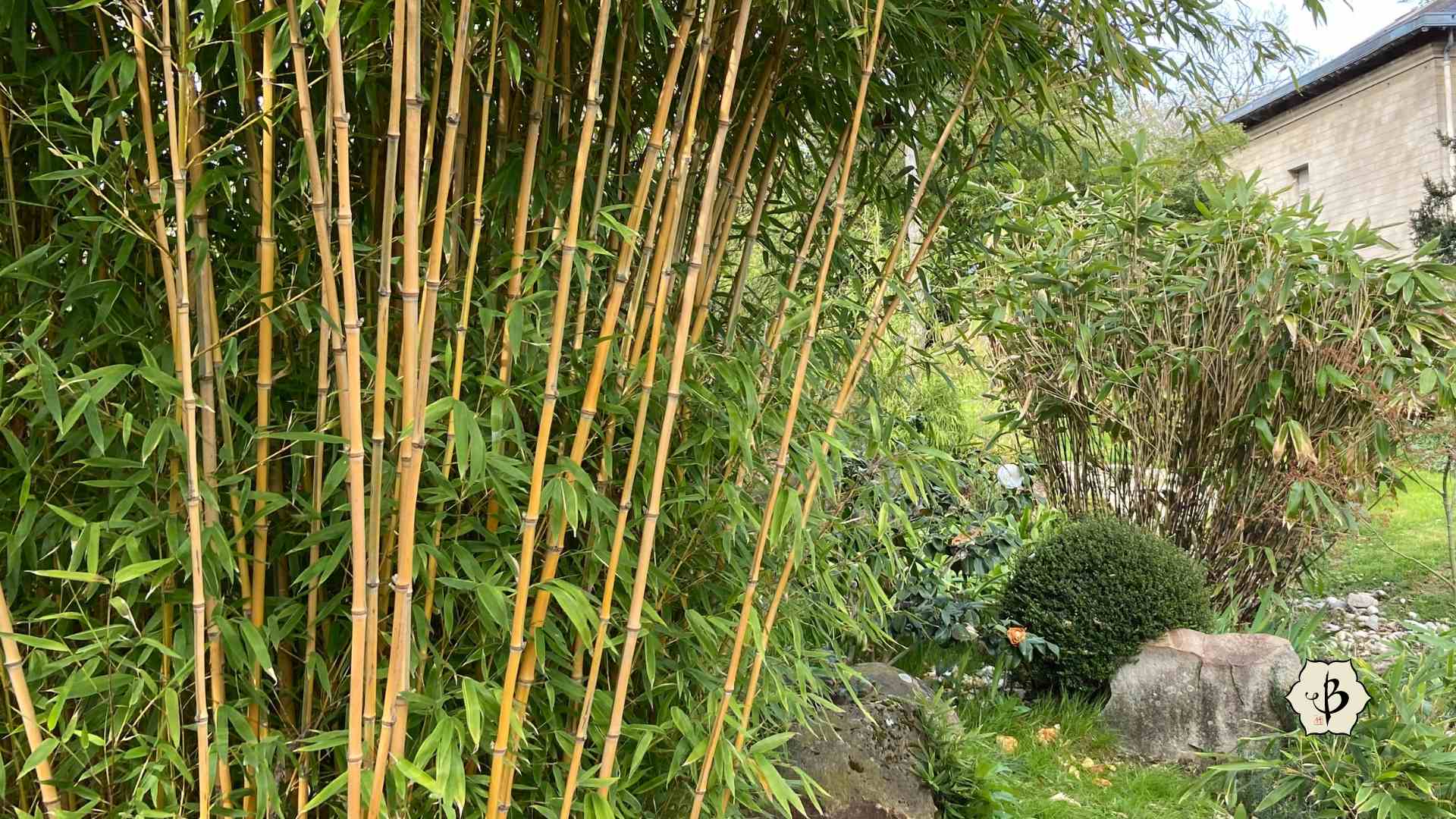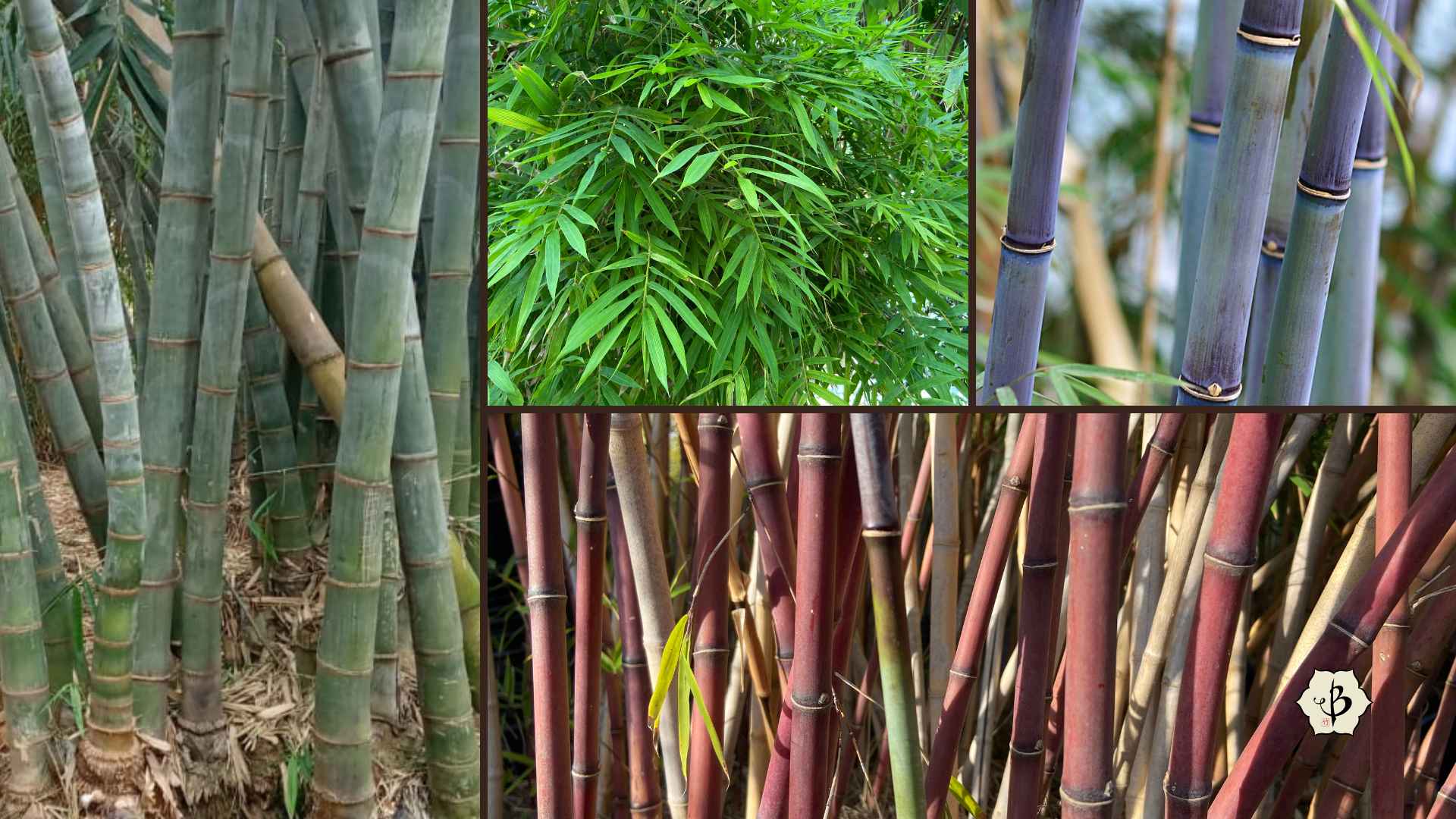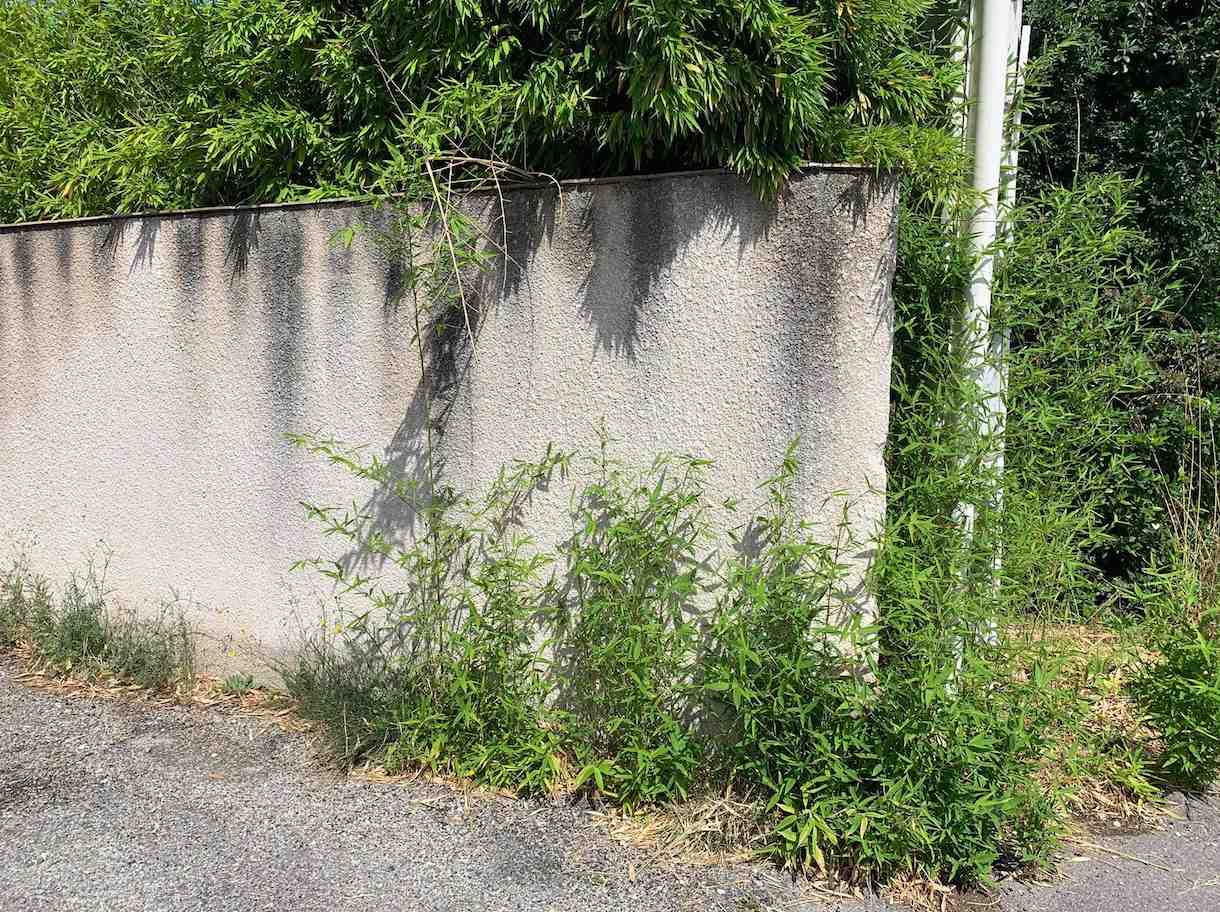The decision to plant bamboo is not something to be taken lightly. Some people love it and some people hate it. But before you jump to any irrational conclusions, let’s consider all the pros and cons of planting bamboo.
Bamboo is without a doubt one of the most remarkable plants in the world. Although it’s a grass, it produces wood as strong as oak or maple. Experts agree that bamboo is the fastest-growing life form on earth, with some varieties capable of gaining more than a meter in a single day.
It’s no secret that we here at Bambu Batu are great admirers and proponents of the bamboo plant. But we know that some people out there hate bamboo every bit as much as we love it. Some gardeners and home owners would go so far as to say that bamboo has destroyed their lives.
Few other plants on earth have the power to evoke such a strong emotional reaction. So let’s take a look at the advantages and disadvantages of bamboo, and what makes this grass such a lovable and yet terrifying force of nature.
NOTE: This article first appeared in July 2020, most recently updated in June 2024.
Find more insights in these in-depth articles:
- Bamboo basics: Runners vs Clumpers
- Is bamboo invasive or just expansive?
- Best methods for bamboo containment

The pros of planting bamboo
What makes bamboo so wonderful? Besides its rich history and importance in Asian culture, and its commercial value for everything from textiles to construction, there are many reasons you might want bamboo growing in your yard.
- Bamboo grows quickly. Unlike some plants that could take years to fill in that space in your garden, most bamboos will fill out and get fairly tall pretty quick. (But bamboo’s growth habit can be a double-edged sword. See below.)
- Aesthetics. Bamboo has a unique and attractive appearance with its long, elegant canes that come in a variety of shapes and colors. It makes the perfect addition to a Japanese garden, near a pond or a fountain, alongside a Japanese maple or some little bonsai trees.
- In addition to its visual beauty, bamboo also produces a very pleasant sound. There’s nothing quite like the sound of bamboo canes knocking together or the delicate leaves rustling in the breeze.
- Shade and privacy. Because bamboo grows so tall and so fast, its dense foliage can provide an excellent source of shade. Those same characteristics also make bamboo ideal as a privacy hedge, keeping your backyard or second-story windows sheltered from the eyes of a nosey neighbor.
- Habitat. As some varieties of timber bamboo can easily exceed 30 or 40 feet in height, they can attract a variety of avian wildlife. Different birds prefer to nest at different heights, so a tall bamboo can invite birds that otherwise might not frequent your garden.
- There are plenty of superstitions about bamboo. But everyone seems to agree that the plant has a very powerful calming property. Maybe it’s the smooth, rounded canes, or the sound that bamboo makes when the wind blows. Whatever it is, bamboo somehow creates an undeniable sense of tranquility.
- Resilience. With so many species of bamboo to choose from (close to 1,500), there’s a bamboo variety for just about any and every climate and growing condition. It can survive and recover from most any from of stress, whether it’s freezing or under-watering. And bamboo is not particularly susceptible to pests.
- Even though you won’t be fashioning your own bamboo floors from the bamboo in your garden, you can still make good use of the plant. The long, hollow poles, in a range of sizes, are very strong, versatile and easy to work with. Anyone can turn a piece of bamboo into a curtain rod. And with a little ingenuity, you can make some wind chimes, maybe a birdbath, or even a coffee table.

The cons of planting bamboo
What makes bamboo so loathsome? Every so often we hear from a customer or read a comment on one of our blogs passionately warning readers never to plant bamboo under any circumstances. Yes, some people feel pretty strongly about it. So what are the disadvantages of planting bamboo?
- Invasive grass. Just as the first item on the list of pros was that bamboo is fast growing, it’s also the first and only item on the list of cons. Indeed, certain bamboos are downright invasive. Often someone will plant an aggressive species like Bissetii or Golden bamboo hoping for a privacy screen that fills in quickly. But well after the privacy hedge is full, the plant continues on a rampage through the garden, across the property, and all of the neighbors’ backyards. Removing a well-established bamboo can be difficult and expensive.
- Most bamboo has leaves that stay green all year around, and that’s usually a good thing. But sometimes the leaves fall, and that can happen any time of year, but mostly in the spring. I never thought it was a problem, but I have received a few pieces of hate mail from people who were driven to tears by the endless falling of bamboo leaves on their pristine lawns.
This is really the single most important disadvantage to growing bamboo. The roots of those running bamboo varieties have a way of getting everywhere. They have no respect for property lines, and can wreak havoc on the neighborhood. They can also do considerable damage to the utility lines if you’re not careful.
The operative phrase here is “not careful.” Although many species of bamboo are very aggressive and potentially invasive, there are dozens, if not hundreds, of other species that fall into the category of clumping bamboo. The clumping bamboos generally don’t do as well in climates with severe winters, but there are a handful of cold hardy clumpers, namely in the genus Fargesia. And clumpers don’t tend to work as well as privacy hedges, but otherwise you can find a great variety of beautiful bamboo with a slower, clumping growth habit. Consider Buddha Belly bamboo, for example.
Another problem is that most varieties of bamboo look pretty similar, especially when they are still in pots. So when you go to the nursery, especially if it’s not a nursery that specializes in bamboo, you run the risk of buying a bamboo that’s mislabeled. You might think you’re buying Golden bamboo (Bambusa vulgaris) which is an open clumper, but you end up with the other Golden bamboo (Phyllostachys aurea) which is one of the most aggressive and troublesome runners.

Making a wise decision about planting bamboo
There are many factors to consider when deciding whether or not to plant bamboo, and then which type of bamboo to plant. Many people don’t realize how many different kinds of bamboo there are, and how much variety there is among them. It’s easy to avoid planting bamboo altogether because you’ve heard how invasive it is and impossible to remove.
You might also think bamboo is not an option because you don’t live in the tropics. But you can grow bamboo in Canada, and you can grow bamboo in the desert. A lot of people associate bamboo with swamps and rice patties and try to plant bamboo directly into a pond. That’s actually not a good idea, though. Bamboo won’t grow in saturated soil. It needs regular watering, but it also needs to dry out.
Then there are people who love bamboo so much, they want to enjoy it from the comfort of their bedroom or living room. Bamboo is not a good choice indoors, however. The grass is much happier in the outdoors, where it can enjoy the breeze and fresh air, and at least a little bit of direct sunlight.
So there is a time and a season for everything. Sometimes bamboo is the best choice. But once in a while, it’s not.

Further reading
If you’re amazed by the grace and grandeur of bamboo and want to know more about its great potential, rich history, and many uses, please consider sharing and subscribing to our blog for more fun facts and engaging information.
These are a few of our most popular articles:


























I love bamboo. Thanks for this piece.
I was wondering if the giant bamboo is suitable for ohio
Giant tropical bamboo won’t grow there. But there are some temperate timber bamboo species that are suitable.
Very interesting article, I learned alot, thank you !
One thing that nobody seems to mention with bamboo, yet is the reason we removed our clumping variety is the enormous mess it makes. It sheds leaves constantly and the are easily carried by the wind. They quickly filled all the gutters on our house with dense mats of these leaves and the back verandah was always covered in leaves.
Terrible invasive mess of a plant that chokes out native species. Might be great in other parts of the world, but not in the southeastern continental United States.
Most bamboo varieties require some maintenance, otherwise you can run into problems.